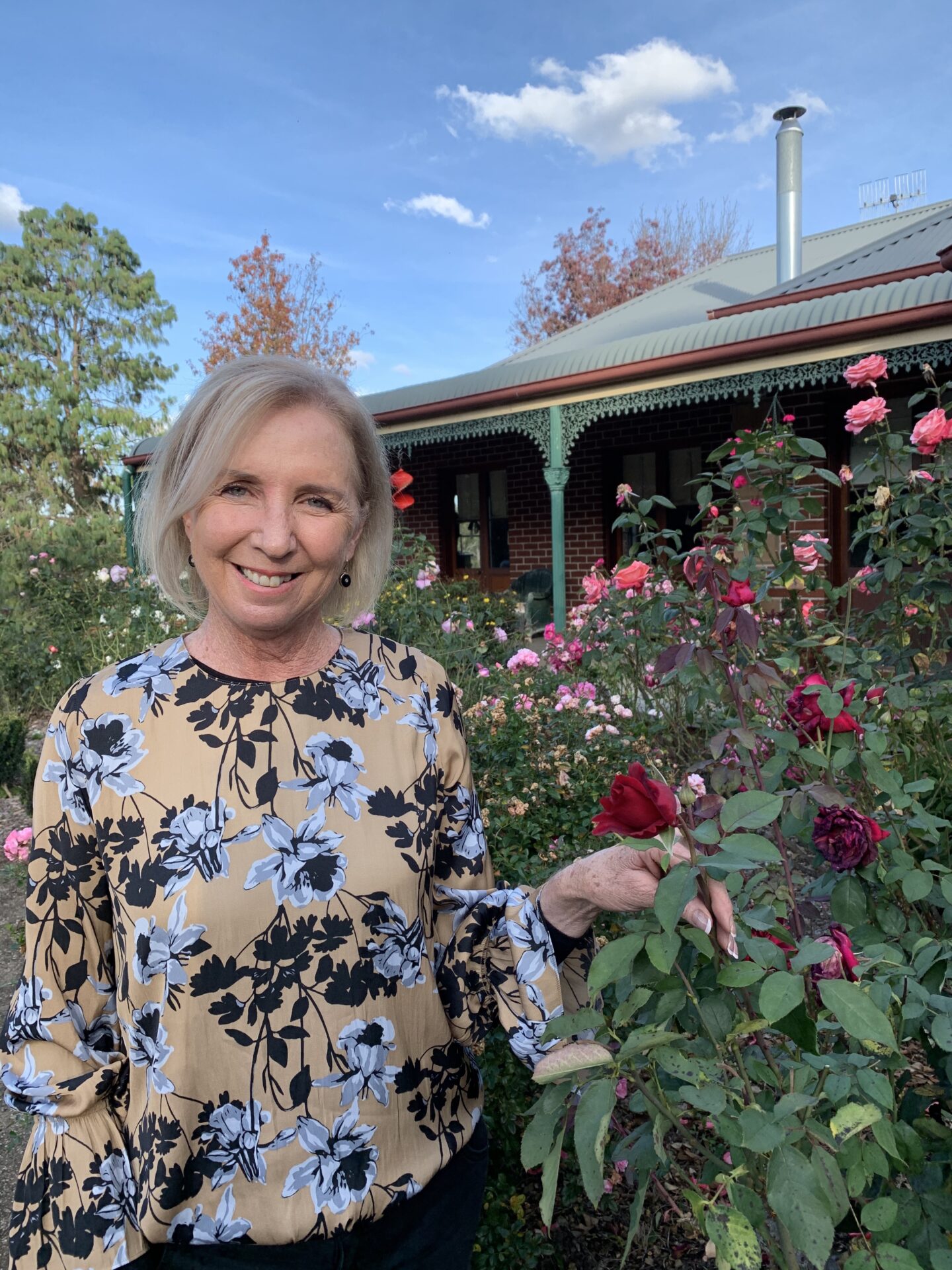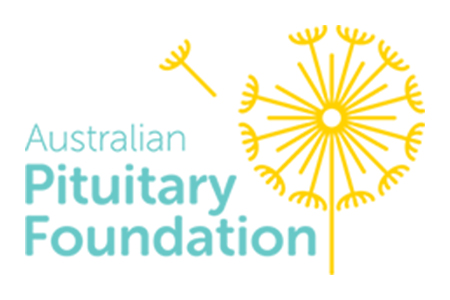Amanda’s Journey
Cushing’s Disease

Amanda had run out of options to treat her Cushing’s disease.
The diagnosis
In 2015 my world as I knew it was shattered.
I had been experiencing muscle deterioration from my hips down, bruising (mainly on my arms), thinning of my hair and skin. While I hadn’t put on weight, I had a bloated stomach and my face was puffy. My emotions were very fragile. I was referred to a blood specialist who listened to what I had to say. They sent me for an MRI and 24-hour urine test, and the results came back that I had a tumour on my pituitary gland. Not what I was expecting.
I was then referred to a great team of specialists at St Vincent’s Private Hospital, in particular Associate Professor Ann McCormack, an endocrinologist. She explained that I had “Cushing’s disease”.
For those who don’t know, Cushing’s disease is a condition in which the pituitary gland releases too much adrenocorticotropic hormone (ACTH). This leads to increased levels of another hormone called cortisol. It is caused from a tumour or excess growth (hyperplasia) of the pituitary gland.
The good news was that the tumour was normal – not malignant, and was treatable.
This was a small sign of relief for me. Finally my symptoms had been given a name and with the team, I was now on track to getting help. I didn’t know it then, but this was only the beginning of my journey, and nothing could prepare me for the years to come.
The rollercoaster began
I had my first operation to remove my tumour. Straight away I saw improvement – my cortisol levels dropped back to normal, so I could return to my home in Armidale. A week later I became very sick – my sodium levels had dropped extremely low and I needed to be airlifted back to Sydney for care.
It took me around 9 months to feel normal again. The specialist was finally happy with my results. Life started to get back on track.
Months later, however, my cortisol levels started to rise again. This news was devastating for me and my family. I felt deflated and the thought crossed my mind that I was never going to be able to get rid of this condition. I was going to have to live with it forever.
I was put on a drug called Ketoconazole which maintained my cortisol levels for a while but not long enough. I had to have a second operation in 2018 for the returned tumour to be removed. I also had another treatment – stereotactic radiation, aimed at the side of the pituitary gland where the tumour was located. This treatment was to increase the chance of killing any remaining tumour.
This second operation was not as hard to recover from as the first one. Everything was appearing like it went well. However, for the third time, my cortisol levels started to increase, and my specialists told me I had to go in for yet another operation. Even though this was my third time, the thought of the operation never got easier. It was always terrifying during the lead up to surgery.
This surgery would mean my brain would have been operated on three times.
Running out of options
After the third operation, my surgeon said he would not operate again as it would be too risky. I hoped that my cortisol levels would drop and stay low. I hoped this would be the last time I had to worry about this condition ever again.
It did not take me long to realise my cortisol was rising again. A month after my operation, I was hit with the tragic news that my tumour was very aggressive. We had been through most treatment options and there weren’t many things left to try.
I was coming to terms with the possibility of just having to live with it and controlling my disease forever with drugs.
Some hope
My specialist, Dr Ann McCormack, was leading a pituitary research program at St Vincent’s and the Garvan Institute in Sydney. As part of this research, they take tumour samples from surgeries just like mine. Then through the expert lab skills of the biobank officer, these specimens are processed and frozen for use in research by pituitary experts and PhD students.
Ann applied for me to take part in a clinical trial at the Kinghorn Cancer Centre for Immunotherapy. I was accepted due to the fact my tumour was aggressive and mutating at a high rate. The research used my samples to look at the genetic sequence, and then match me with a trial testing a new treatment to boost the immune system and fight the tumour.
For the past 10 months, once a month I travel down to Sydney to have my treatment at the Kinghorn Centre where the facilities and staff have been amazing. To date, the results have been very positive. I now feel more hopeful about the future.
